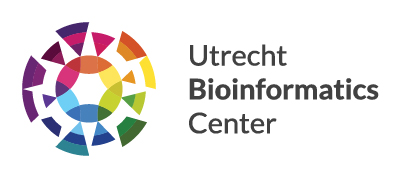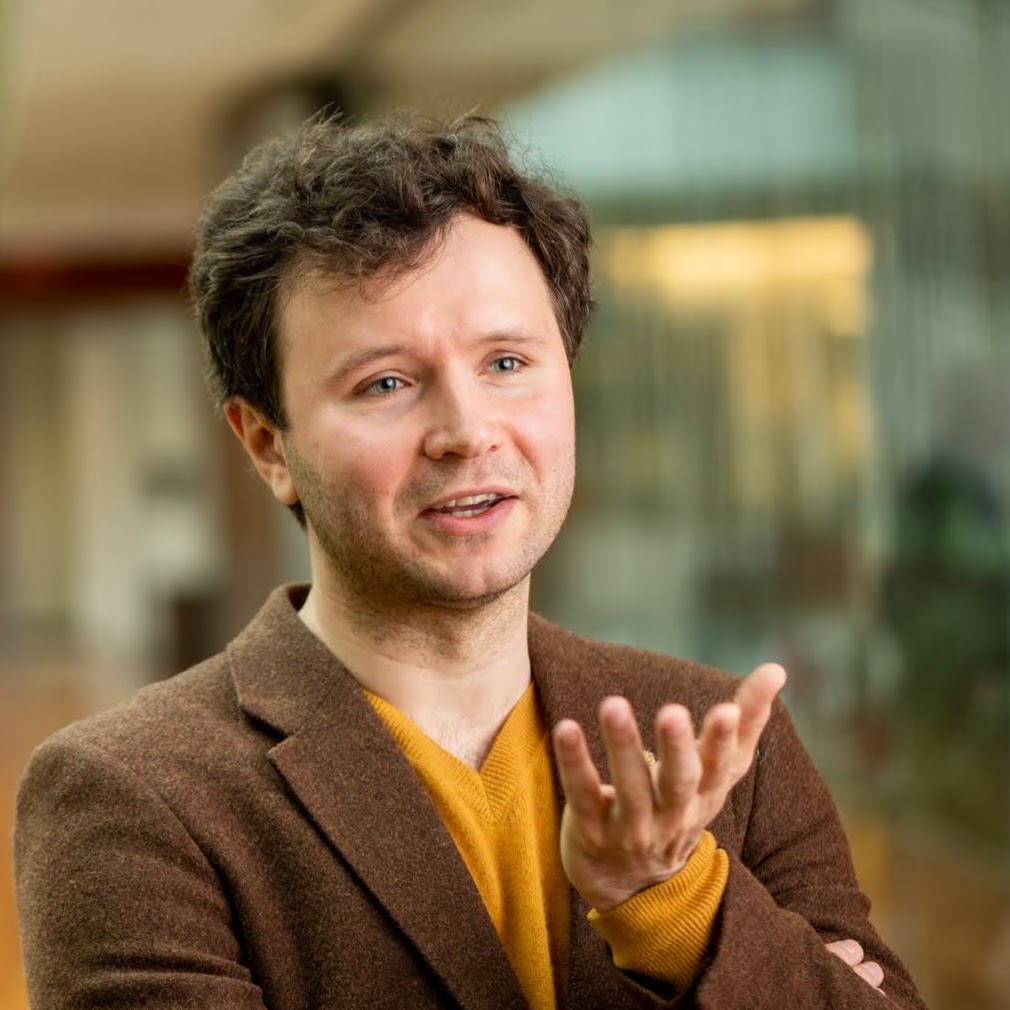As modern biology continues to produce huge quantities of data, the challenge of making sense of it all grows accordingly. With expertise spanning both computer science and pharmaceutical sciences, Pavel Sinitcyn aims to advance bioinformatics by developing AI and machine learning. His current focus is on computational mass spectrometry, where he and his team develop innovative software solutions to enhance proteomics research.
We sat down with Pavel to discuss the challenges of working with biological data, the intersections of AI and life sciences, and his goals for fostering collaboration within UBC.
How big is the need for AI technology in life sciences?
Modern biology generates vast amounts of data, we are only partially successful at processing it–and even less so at interpreting it due to incomplete understanding of biological processes.
On the molecular level, biological processes often behave like stochastic systems, which makes direct computational modeling costly and complex. By using machine learning, we can generalize existing data, which will help us better understand and predict these processes.
However, biological data presents its own unique challenges. It’s often noisy, sparse, and full of issues like having more features than samples, data privacy concerns, and batch effects and more. This is why I believe domain knowledge is crucial for making sense of the data processing, interpretation results, and defining the limits of applicability.
Interdisciplinary groups like the AI Technology for Life Science at Utrecht University aim to fuse recent advances in machine learning with practical applications by leveraging cutting-edge domain expertise and ensuring that models are explainable. This is why I decided to join the group.
How do you incorporate bioinformatics in your research?
My team works in computational mass spectrometry. In this field, advancements in hardware, sample preparation, and biological research all require corresponding software solutions to accurately and efficiently process data. My experience focuses on developing and applying statistical tools for analysing shotgun proteomics data. In this method, proteins are first digested into peptides by proteases, which are then eluted, evaporated, and analysed using mass spectrometry in a streamlined process. The peptides are subsequently fragmented to sequence their amino acids, enabling the study of the entire proteome, even at the single-cell level.
However, there are many challenges, particularly in data analysis. For example, can we predict how peptides will behave when digested or fragmented? Or how accurately can we estimate false discovery rates? These are the kinds of questions my team tackles. We work closely with both computer scientists and pharmaceutical researchers, and while this interdisciplinary work requires us to bridge two distinct fields and mindsets, it also opens up exciting opportunities for collaboration.
Are you looking for collaborations with researchers from other disciplines? And in what way could you work together?
I think many of us are often brewing ideas that extend beyond our areas of expertise, and my team is no exception. I believe there are several questions in the field of computational mass spectrometry that are crying out for a multidisciplinary approach. For example, could we apply image pattern recognition to detect peptide and fragment elution profiles? Or use reinforcement learning or autoencoders to generate decoy peptides? Perhaps even apply the cocktail-party problem to unravel kinase-substrate relationships in highly time-resolved phosphoproteomics data?
There are many possibilities, and I would be happy to connect with experts whose knowledge can help bring these projects to life, and I hope to find such collaborators through UBC.
What are you looking forward to most as a Principal Investigator of the UBC?
I am looking forward to building a computational biology community at Utrecht Science Park that connects project ideas, students, academic and industry partners. I would also appreciate seeing more data hackathons or Kaggle meet-up activities.

